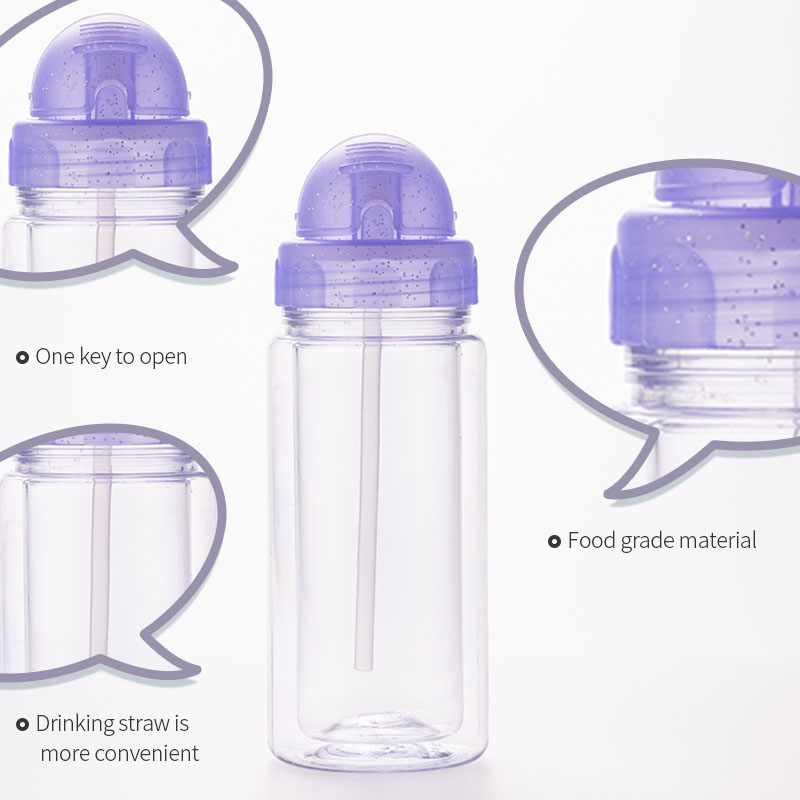Plastic material is a material widely used in modern industrial manufacturing. However, due to their unique properties, different types of plastic materials have different suitability for ultrasonic processing.
First, we need to understand what ultrasonic processing is. Ultrasonic processing uses ultrasonic energy generated by high-frequency vibration to vibrate the material molecules on the surface of the workpiece, making it soft and flowing, thereby achieving the purpose of processing. This technology has the advantages of high efficiency, precision, non-destructive and environmental protection, so it has been widely used in industrial manufacturing processes.
However, the different compositions and properties of plastic materials affect their suitability for ultrasonic processing. For example, polyethylene (PE) and polypropylene (PP), two widely used plastics, are suitable for ultrasonic processing. Because their molecular structure is relatively simple, there are no obvious molecular cross-links and polar chemical groups. These characteristics allow ultrasonic waves to easily penetrate the plastic surface and cause vibrations of the material molecules, thereby achieving the purpose of processing.
However, other polymer materials such as polyimide (PI), polycarbonate (PC) and polyamide (PA) are not suitable for ultrasonic processing. This is because the molecular structures of these materials are more complex, exhibiting higher molecular cross-linking and polar chemical groups. Ultrasonic waves will be hindered in these materials, making it difficult to cause vibration and flow of material molecules, making it impossible to achieve processing purposes.
In addition, some special types of plastic materials such as rigid polyvinyl chloride (PVC) and polystyrene (PS) are not suitable for ultrasonic processing. This is because their molecular structures are relatively brittle and cannot withstand the high-frequency vibration energy generated by ultrasonic waves, which can easily cause the material to crack or break.
To sum up, different types of plastic materials have different adaptability to ultrasonic processing. When selecting a suitable processing method, the composition and properties of the material need to be considered to ensure the successful realization of the processing effect.
Post time: Dec-08-2023
